$1,000 device in the backyard could help beat the fuel crisis
Households can now turn their food scraps – and toilet waste – into cooking gas.
Israeli startup HomeBiogas has developed a compact and affordable version of the industrial equipment usually operated by large companies and municipalities.
Its miniaturized anaerobic digester – which turns organic waste into gas – looks like an inflatable version of a two-person tent and costs under $1,000.
Simply toss in your food scraps (you can also have it connected to your toilet) and the bacteria will break it all down into biogas.
It’s piped to a dedicated counter top stove in your kitchen, and is enough for two hours’ cooking a day. It also creates a rich fertilizer from the organic waste that can be used for your outdoor garden.
“The enzymes eat your food waste and ‘pass gas’ like most organisms do. You’re effectively capturing the gas and using it to cook or heat water,” says Ron Gonen, board member of HomeBiogas.
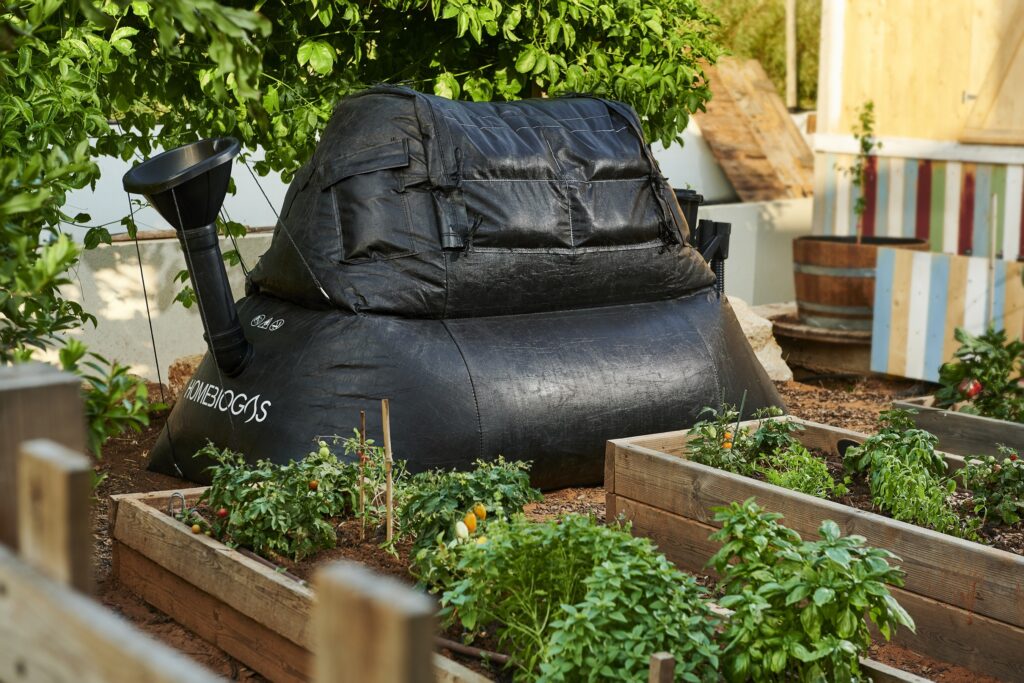
He says the digester can pay for itself in a year, based on US savings on waste collection and energy bills.
Other companies have tried to develop small-scale anaerobic digesters, but none has been able to do it at the price point of HomeBiogas, says Gonen. So far over 15,000 units have been sold in 107 countries.
“Until six months ago, Europe viewed itself as consistently having access to cheap gas because of the gas coming from Russia,” he tells NoCamels.
“Now everyone’s trying to figure out how to replace that gas. And generally, the default is, ‘we’re gonna have to build big coal or nuclear plants, or get natural gas from someplace else and refine it’.
“These are all mega facilities that take years to build and cost hundreds of millions of dollars. I think when people see the HomeBiogas system and recognize that they can start generating their own gas on-site and off of their own food and biological waste, I think it’ll be really popular.”
Sign up for our free weekly newsletter
Subscribe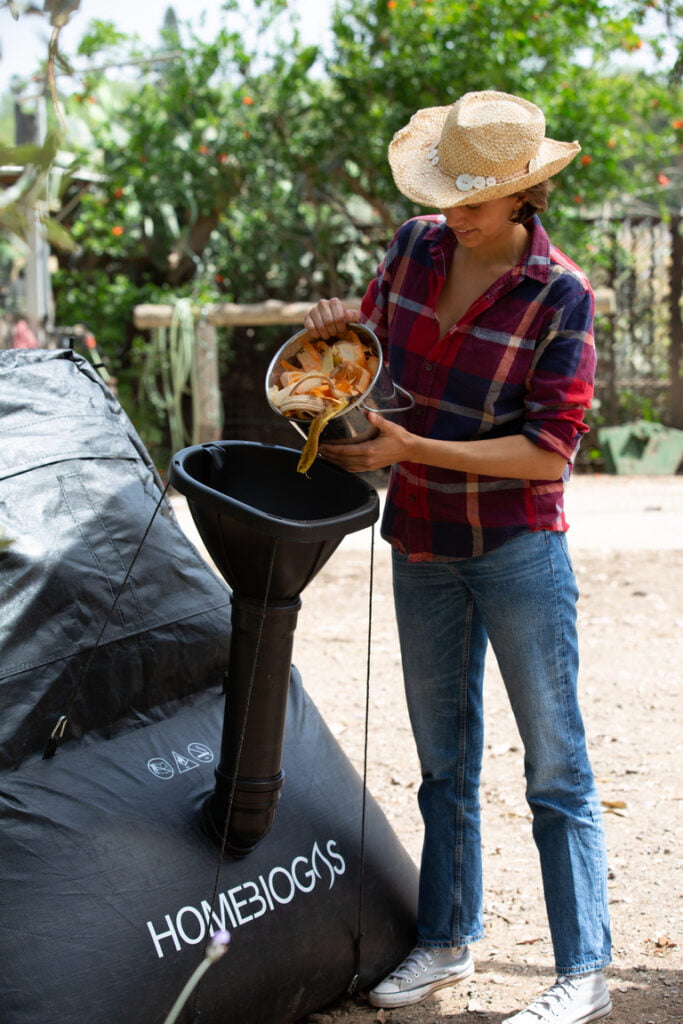
The US discards more food than any other country in the world – around 40 million tons every year. It makes up 30-40 per cent of the entire US food supply, and most of it ends up straight in landfills. Food is the single largest component taking up space inside US landfills, and makes up more than one fifth of all waste.
Despite these statistics, the US only has an estimated 200 facilities that accept food waste from institutions, venues, stores and restaurants, and turns them into energy.
“Every time I sit in a restaurant and see plates being taken away, I just think ‘oh my god, that’s so much’,” says Mira Marcus, public relations for HomeBiogas. “Food waste is not a problem – it’s a solution, it’s a resource. We need to start thinking about it differently.”
Other than lowering electricity bills, using food scraps and other organic waste to create gas yields many benefits.
Food decaying in landfills generates greenhouse gases (GHGs) including methane and carbon dioxide, and is over one tenth of the world’s emissions. According to the World Wildlife Federation, the production of wasted food in the US is equivalent to the GHG emissions of 37 million cars – due to the emission from waste, and the transportation of waste to landfills via diesel trucks.
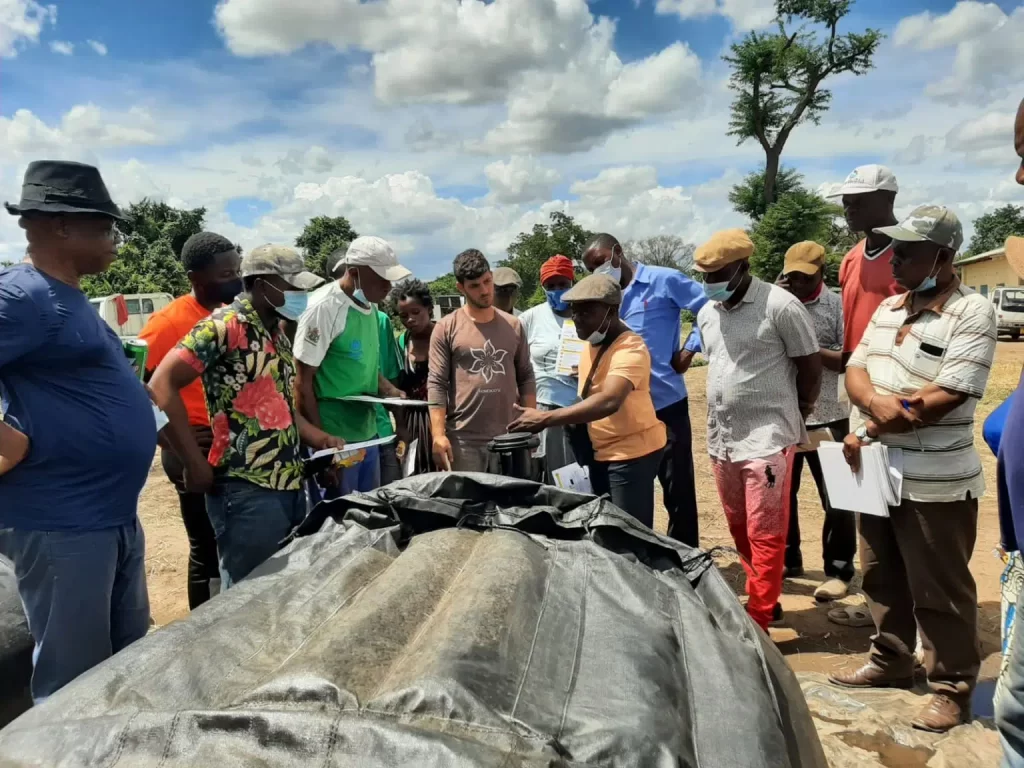
HomeBiogas has projects and international collaborations with governments, aid agencies and humanitarian organizations, such as: the EU, UN, International Red Cross, The Israel Ministry of Foreign Affairs, The Peres Center for Peace and Innovation, WWF and other projects with various UN committees in Liberia and Gaza. It also has distribution partnerships in several countries in Africa, including Zimbabwe, Zambia and Kenya.
And last November, HomeBiogas won a UN deal to supply its systems to refugee camps in several African countries. Large quantities of organic waste are produced at refugee camps, are expensive to dispose of, and cause sanitary and environmental issues.
HomeBiogas has launched its first industrial systems in the communal kitchen of Kibbutz Yagur, northern Israel, as well as in a boarding school in Neurim, central Israel, where it is helping kids learn about sustainability, and in an IDF (Israel Defense Forces) army base. It is also collaborating with a high-end, luxury hotel in Israel.
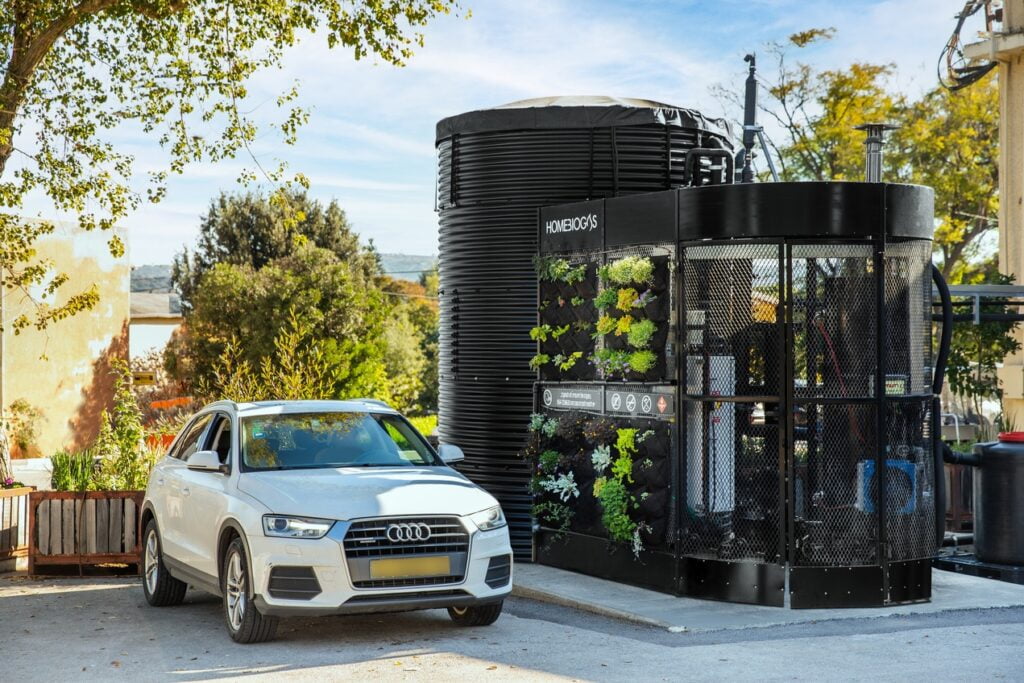
The system was also used during AMADEE-20, the most advanced simulation of a manned Mars mission ever, last October at the Ramon Crater in southern Israel. It is one of only a handful of places on Earth that resembles the conditions of Mars. During the three-week mission, the astronauts used HomeBiogas to manage their organic waste.
HomeBiogas is currently in talks with municipalities, restaurants, convention centers, hotels, multifamily developments and hospitality industries worldwide that are looking for solutions to their organic waste.
Related posts

Resilient And Nutritious New Plant-Based Milk Aims To Make A Splash

Chocolate From Cultivated Cocoa Comes Without Environmental Toll

Plastic Fantastic: Startup Takes PVC Back To Its Crude Oil Roots


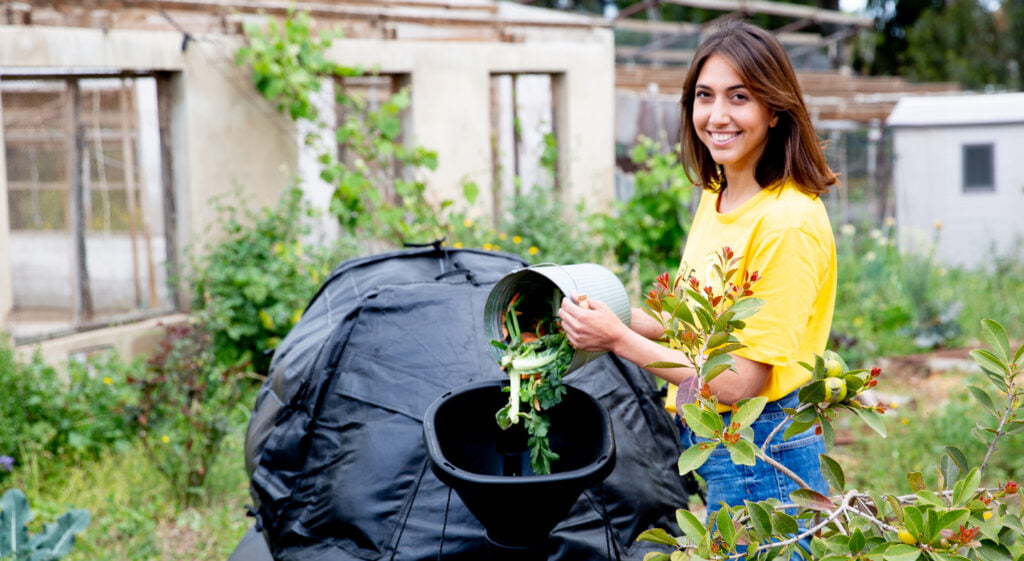

Facebook comments